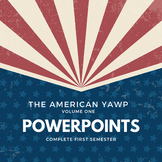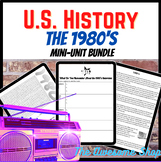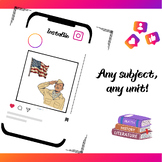Ancient history laboratories for Microsoft Word
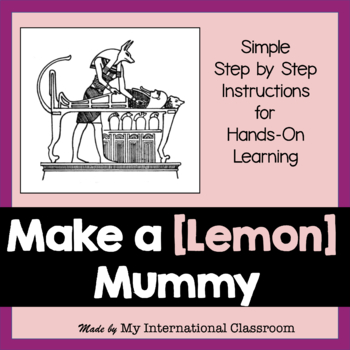
Lemon Pharaoh Mummification and Lab Report
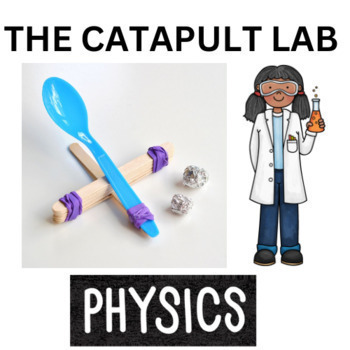
Physics Fun Catapult Lab High School Science STEM
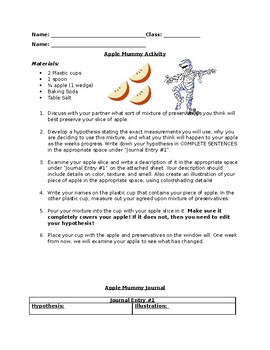
Apple Mummy Activity
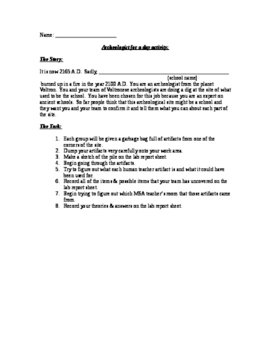
Archaeologist for a day activity
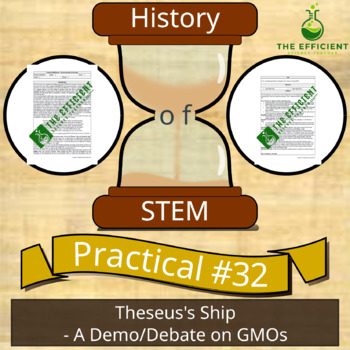
Should we use GMOs? - History of STEM practicals - Theseus's Ship
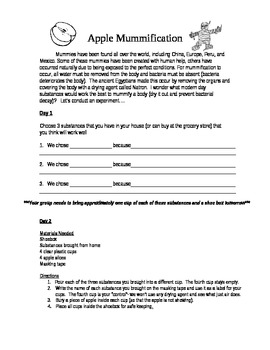
Apple Mummies
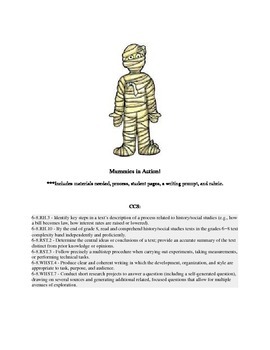
Ancient Egyptian Mummies in Action!
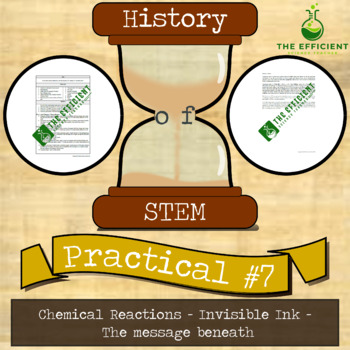
Chemical Reactions - History of STEM practicals - Invisible Ink Practical
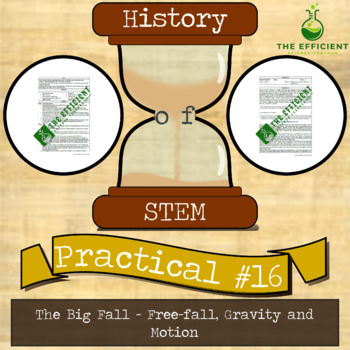
The Big Fall - History of STEM practicals - Free-fall, Motion and Momentum
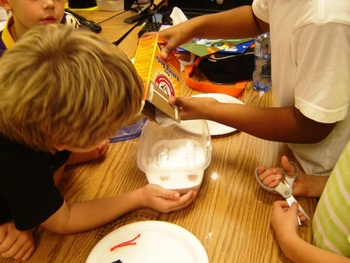
Mummify a Hot Dog
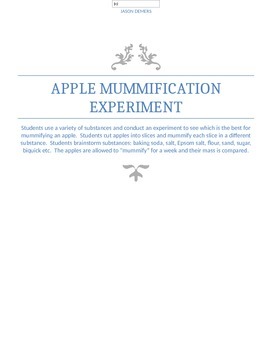
Apple Mummification (cell membrane osmosis) Lab
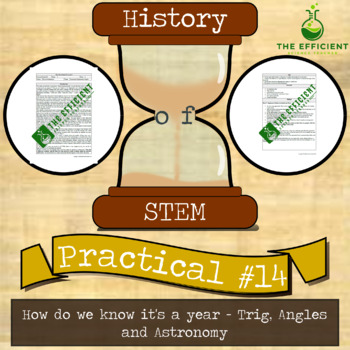
A year already? - History of STEM practicals - Trig, Angles + Astronomy
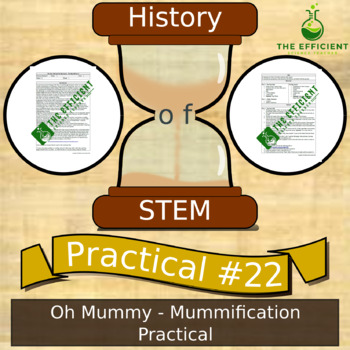
Mummification Practical - History of STEM practicals - Oh Mummy!
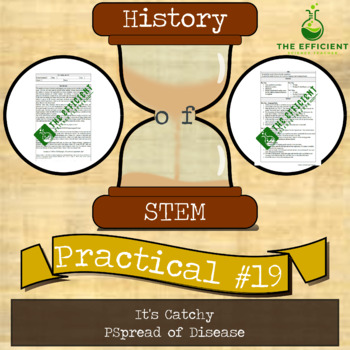
Spread of Disease - History of STEM practicals - It's Catchy
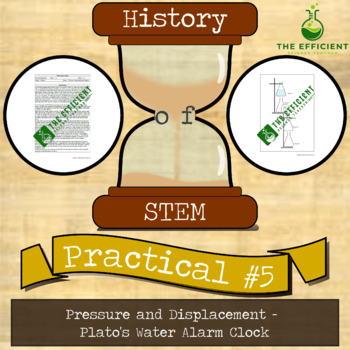
Water Alarm Clock - History of STEM practicals - Pressure and Displacement

Force and Tensile Strength - History of STEM practicals - Paper Part 1
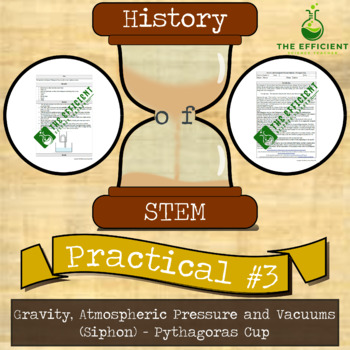
Pythagoras' Cup - History of STEM practicals - Siphon
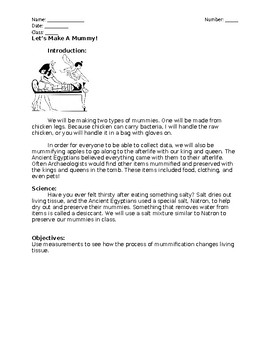
Let's Make A Mummy Lab
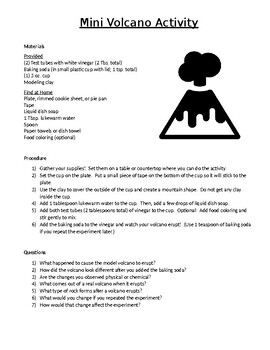
Mini Volcano Activity for Distance Learning

Early Humans Scavenger Hunt - Using The Smithsonian Institution
Find Ancient History resources | TPT
If you’re an educator or parent looking for printable or digital resources to help your student learn about ancient history, TPT has got you covered. We’ve got a comprehensive collection of ancient history resources available, including activities and lessons on ancient Egypt, ancient Greece, ancient Rome, ancient China, and ancient Mesopotamia, to name just a few. With plenty of TPT high-quality resources at your fingertips, you’ll be able to teach ancient history to your students with ease.
Ancient history activities to try
Here are a few examples of the different types of activities and lessons you can find on TPT to help teach students about ancient history:
Map Making
With map-making activities you can not only teach students about ancient civilizations, but also incorporate geography into your lessons. As they label and color maps, students can learn about important places in ancient civilizations, chart trade routes, and learn how empires expanded (and fell) over time.
Primary Source Analysis
One of the best ways to learn about ancient civilizations is through the artifacts and writings of people from that particular period of time. Encourage students to analyze primary sources to gain a deeper understanding about bygone eras of history. For instance, you can have students read accounts of the destruction of Pompeii and discuss it as a class.
Centers & Stations
Through the use of centers, students can collaborate and discuss topics and content they examine for each era in history. For example, you can have students navigate through four or five different centers or stations to help them learn about different aspects of Ancient Chinese culture, like literature, geography, government, and major historical events or achievements.
By making ancient history come to life through a variety of interactive and immersive activities, teachers can help students develop a deeper appreciation for the subject.
Frequently asked questions for teaching about ancient history
What is ancient history?
Ancient history refers to the period of human history that takes place from the invention of writing to late antiquity (spanning from about 3000 BC to AD 650). This era includes the study of various ancient civilizations, such as Mesopotamia, Egypt, Greece, Rome, China, India, and others. Ancient history plays a critical role in helping us understand the origins and development of human civilizations and the influence it had on contemporary cultures and societies.
What are examples of ancient history?
The Persian Wars, the rise of the Tang Dynasty, the campaigns of Alexander the Great, and the decline and fall of the Roman empire are all examples of important milestones and events that you can teach about in ancient history.
What types of ancient history resources are available on TPT?
There are many different types of ancient history resources sold by Sellers on TPT — from worksheets to interactive notebooks to units.
How do I find ancient history resources on TPT?
Educators can save time preparing ancient history lessons with resources created by experienced teachers. Simply start a search for ancient history resources on the TPT marketplace, and filter by grade level, price, and/or resource type to find materials that've been proven to work in classrooms like yours. No matter what you’re teaching, there are plenty of lessons and activities sold by Sellers on TPT that are tailored to meet your students' skill levels.


